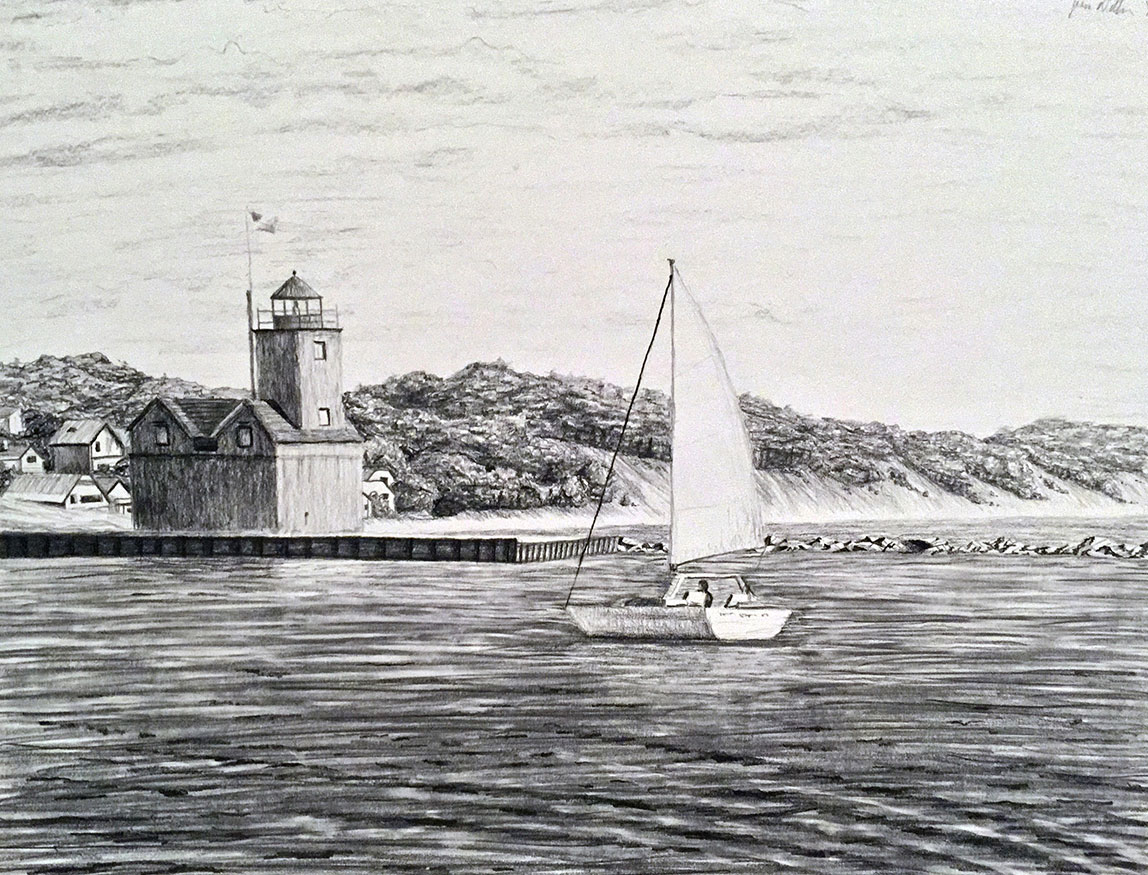My Experience With an HCI Master’s Degree
Several months ago I decided to change degrees in my master’s program at DePaul from Human-Computer Interaction to Software Engineering. I had already done over a year of coursework in the HCI program, and I really enjoyed the research and data analysis aspects of what I learned in those classes. As I progressed into the more advanced classes though, there was a significant shift from doing research and analysis, to learning about design elements and prototyping tools. I felt that this focus on design was not applicable to my current career, or what I see my career ever becoming. That feeling prompted me to look into other master’s programs at DePaul, and ultimately change to a Software Engineering degree. Luckily I didn’t have to sacrifice any of my HCI credits, they all applied to the Software Engineering degree electives. So far, it’s been really rewarding to see my programming work experience pay off in my education, and to supplement my daily work with new programming concepts I’ve been reading and studying in this degree program.

